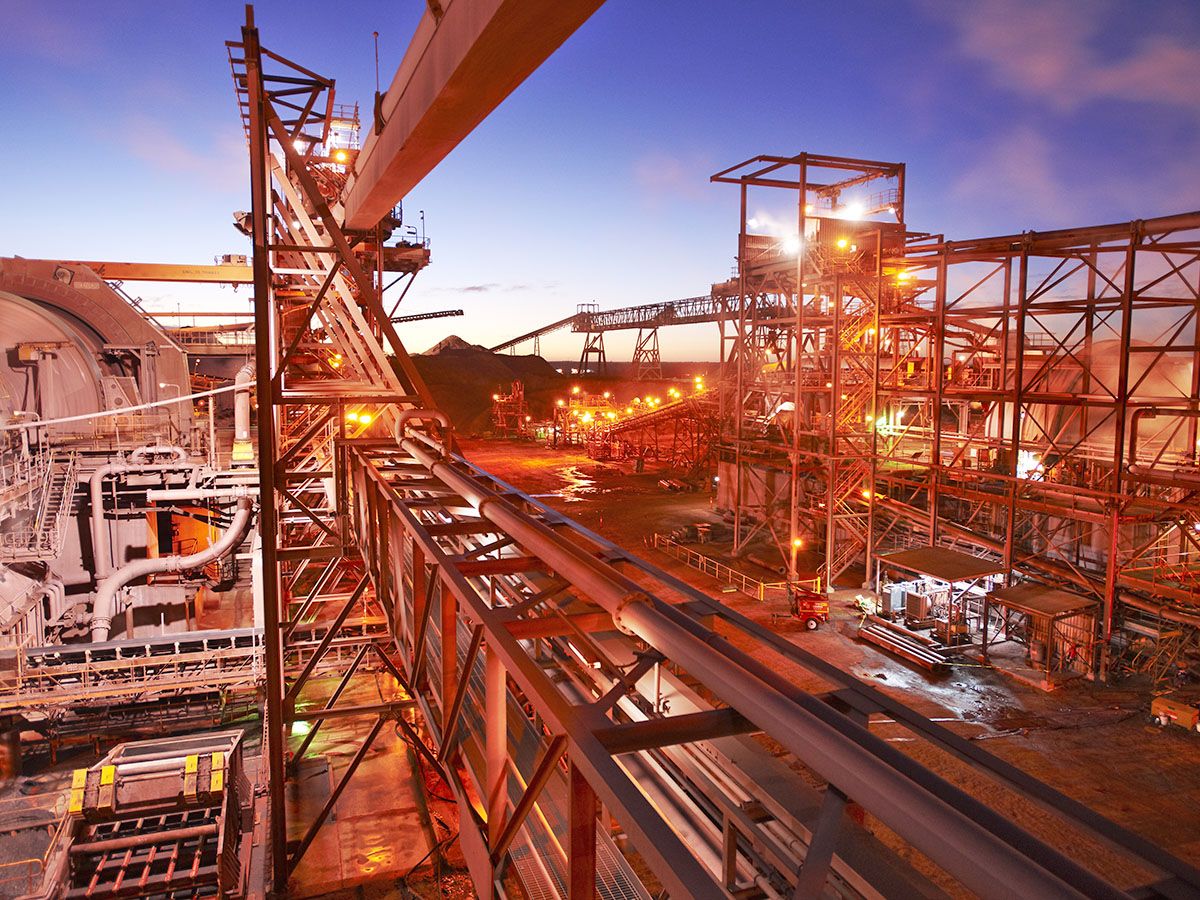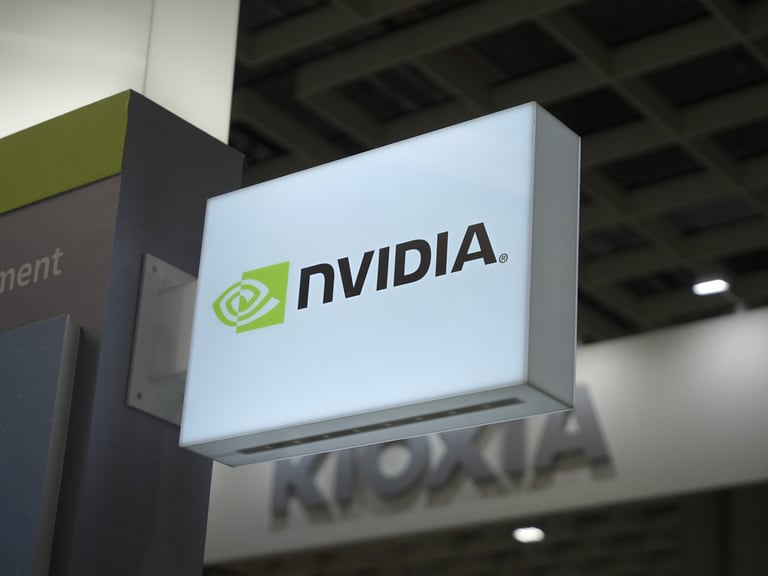European stocks have come under further pressure today, and in a contrast to last week the falls appear to be being driven by several factors, so you can pick your poison to a certain extent, however the prospect of a Federal Reserve taper is unlikely to one of the main factors, given that US yields are lower.
Europe
We can start with increasing concerns over a slowing global economy, in the face of increasing restrictions as Delta variant cases rise, as well as concerns about vaccine durability. We can also factor in the increasing determination on the part of China to pour sand in the wheels of its own recovery story with a crackdown on various sectors including tech and luxury, which also appears to be weighing on sentiment, as well as on demand for raw materials, although we are starting to pull off the lows of the day as we head into the close.
The FTSE 100 is once again under pressure today with weak commodity prices weighing heavily on the index, although it’s not being helped by another 13 stocks going ex-dividend, including Anglo American, M&G and Abrdn. Mining stocks have fallen into a hole, along with iron ore and copper prices, as Anglo American, Antofagasta, BHP and Rio Tinto all fall back sharply, as Chinese cuts to steel production announced earlier this month hit demand, as well as consumption for iron ore.
Prices of iron ore hit their lowest levels this year, only three months after they hit all-time highs in May, while oil prices have also hit three month lows, on concerns over lower demand as tighter covid restrictions heighten worries over economic slowdowns, pushing the likes of BP and Royal Dutch Shell lower.
Burberry is also lower following on from yesterday’s declines over concerns about Chinese wealth redistribution, which is also hammering the likes of Kering and LVMH on the CAC 40 in Paris.
Automakers have come under pressure after Japanese car maker Toyota announced it was cutting production by 40% in September due to the global chip shortage. The company said it would now produce 500k vehicles instead of a planned 900k, with various Covid restrictions also affecting the securing of other important components. With further delays and slowdowns likely the likes of BMW, Daimler and Stellantis are all lower.
Defensives are outperforming with the likes of National Grid and SSE edging higher.
US
US markets opened sharply lower as the weakness in European markets dragged on sentiment into the US open. We’ve seen a little bit of a pullback in the first hour of trading which has helped to stabilise markets in Europe
Having seen Q1 revenues rise by 84% to $5.66bn, Nvidia almost repeated the trick in Q2 with a 68% rise to $6.51bn, with almost half driven by gaming, which saw over $3bn. This was followed by data centre revenue which came in at $2.37bn. Profits came in at $1.04c a share, with the company saying it expects to see Q3 revenue to rise to $6.8bn, despite concerns over chip supply. Management made little comment on the ARM deal apart from saying that it was taking longer than expected to complete, with the shares under pressure in early trade.
Robinhood Markets shares have slumped after reporting a net loss of $502m, or $2.16c a share, with the losses predominantly a consequence of the fund-raising efforts it undertook at the beginning of the year. Total funded accounts came in at 22.5m for Q2 in line with forecasts, and up from 17.7m in Q1, with monthly active users at 21.3m, and total funds rising to $102bn. Q2 revenues came in at $565m, a rise of 131%, helped by a big jump in crypto trading, which adding to the Q1 revenues which also came in close to $500m, means that Robinhood has already exceeded revenues for the whole of 2020.
Mastercard shares have shown very little reaction to the reports it is set to face a £14bn class action trial over its payment fees.
FX
The US dollar is among the better performers today, hitting its highest level against the euro this year, with the Swiss franc and Japanese yen also outperforming.
The greenback is getting a bid, not because of expectations the Fed will start tapering by the end of the year, because that isn’t new. It’s been baked into the markets thinking for a while now. The reason we are seeing fresh gains is due to haven flows because of today’s stock market sell-off, concerns about the global recovery story, and China’s clampdown on various sectors of its economy. You also have to consider that if we continue to see market weakness as a result of growth concerns the Fed’s thinking on a taper may well change.
The biggest fallers are the commodity currencies because of the slide in basic resources, with the Australian dollar at a nine-month low, while the Canadian dollar is also under pressure.
A slide in iron ore prices is also weighing on metals prices more broadly, with copper prices hitting a four-month low, touching its 200-day MA for the first time since June 2020.
Crude oil prices are also on the slide over concerns about the demand outlook and a slowdown in Asia, trading at a three-month low and on course for a sixth successive daily decline.
In what looks like a broadly risk off day gold prices appear to be missing out with the stronger US dollar outweighing any desire to move back into the yellow metal.






